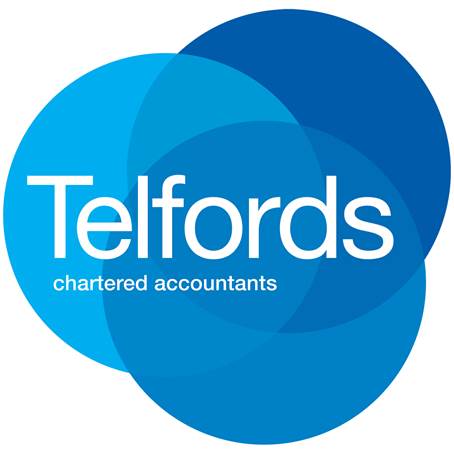How To Use Your 4 Business Bank Accounts
In our earlier blog ‘How Many Bank Accounts Does A Business Need?’, we explained the four essential bank accounts every business should have. You may need more in your business, but four should be the minimum.
Each of the four bank accounts has a clearly defined role and I’ve explained below some of the basic rules you should use in operating these bank accounts.
To recap. The four essential bank accounts I believe all business should have are:
- Current Account
- Tax Savings Account
- Investment Account
- Savings Account
Current Account
This is used for day to day, week to week trading activities of the business. Receipts from customers, payments to suppliers. It’s the bank account that has the most transactions and whose balance can fluctuate the most.
You may find that you rarely transfer money out of this account, especially early on in your business journey, or when cash is tight.
The general rules I would apply to this account is:
- Set yourself a minimum balance target. This is the lowest balance you want to see in this account. Look to maintain this balance, even if it means transferring funds back from the other accounts.
- Set a maximum balance target. Once the balance on the account is above this, transfer to one of the other bank accounts.
- Set a manual balance transfer date. This is the date, usually each month, where if you have funds in excess of maximum balance target, you can transfer these to the Tax, Investment or Savings account.
- Automate weekly or monthly transfers to the other accounts, so it happens automatically. For example, if your quarterly VAT bill is on average £12,000. Have an automated monthly transfer of £4,000 to the Tax Savings Account.
- Be prepared to break each of these rules if you need to! Remember this is a guide, there may well be times when you need to act outside of these rules.
Tax Savings Account
This is the account you should use to save for all future tax bills.
VAT – if your quarterly VAT bill is around £12,000, you should aim to transfer £4,000 every month to this account from the current account. Automate this transfer as far as possible, but if cash flow does fluctuate considerably through the month, manual transfer may be easier for you.
Corporation Tax – if your corporation tax bill last year was £18,000. Then as a minimum you should aim to have that £18,000 saved by the time the tax needs to be paid.
Ideally you would have been saving some corporation tax every month, if you haven’t then make this a future target.
To explain with an example.
If your company year-end is 31 December 2022, and your corporation tax bill is £18,000, make sure you have saved £18,000 by the time the tax is due on 1 October 2023.
Ideally your accountant will have prepared regular management accounts during the year with tax calculations, so you’ve been saving £1,500 every month, and already have £18,000 saved by 31 December 2022.
If you haven’t and only find out about the tax bill in March 2023, start saving £3,000 a month, so that by 1 October you have the £18,000.
PAYE – if you pay PAYE monthly and it’s a regular amount its probably not necessary for you to make transfers for this. You could just pay it direct from the current account.
Personal Tax – I save the tax I need to pay on my dividend income in this account, when the tax is due, I pay myself an additional dividend equal to this amount, then use it to pay my personal tax. I’ve explained this approach to many clients and it’s a method they have used successfully for many years.
Investment Account
This is the account you use to build up funds for those purchases you’ll need in the future, whether it’s a new vehicle for the business, deposit and refurbishment costs for the new office or recruitment fees and first month’s salary for a new employee.
Set a target of what you need and then transfer funds to this account whenever you can. It may be monthly, it may not. But transferring what you can, when you can will see you being able to fund that purchase for investing into your business for future growth and profitability.
Savings Account
A true sign of great cash management and good business profitability is being able to save amounts in this account.
You may use it save for a big family holiday, house deposit, to pay off the mortgage, your daughter’s wedding or a University fund for your children.
Being able to achieve your personal targets is clear example of you running your business to help achieve your personal goals.
Its often the culmination of a long-term consistent approach.
I worked with a business owner last year who paid his mortgage off 8 years early. When we had set the target to achieve this 4 years earlier he had thought it completely unrealistic. But by a consistent approach, this target was achieved.
What could you achieve for you and your business if you set a target, have a plan to achieve it and work on it consistently?
If you need help with cash management in your business, or just have some general business questions, please get in touch we’d love to help.
